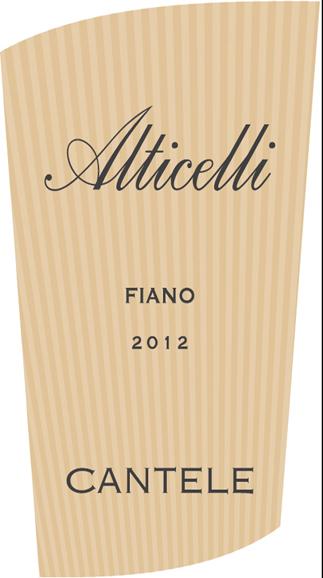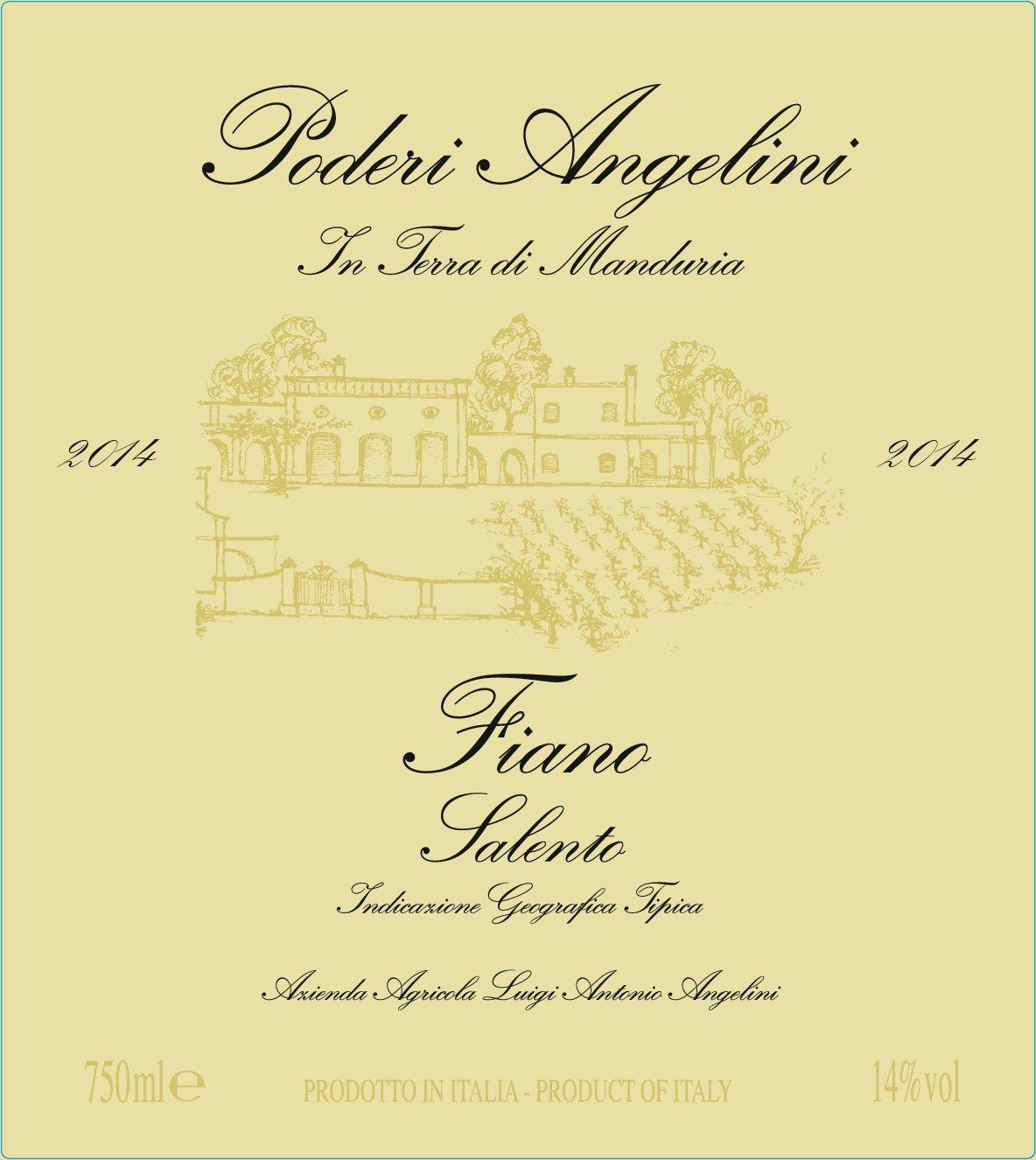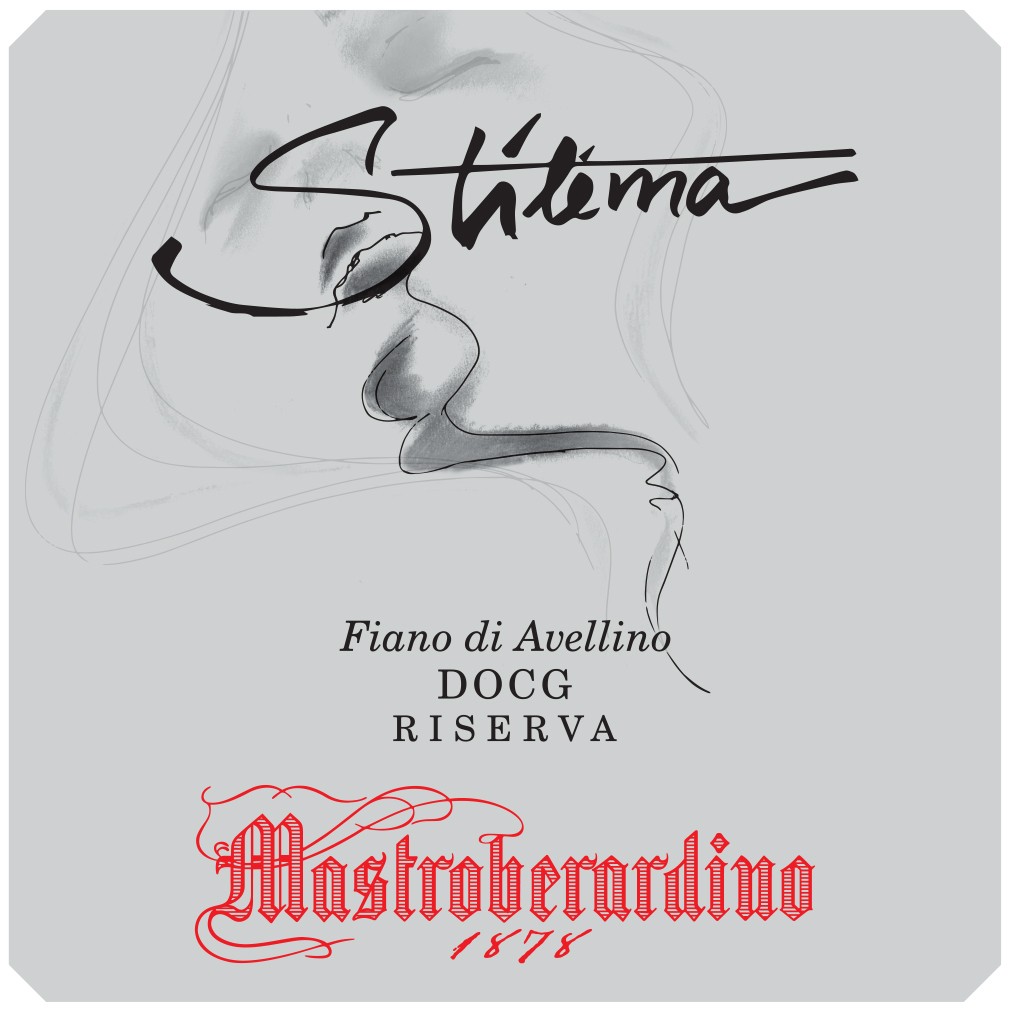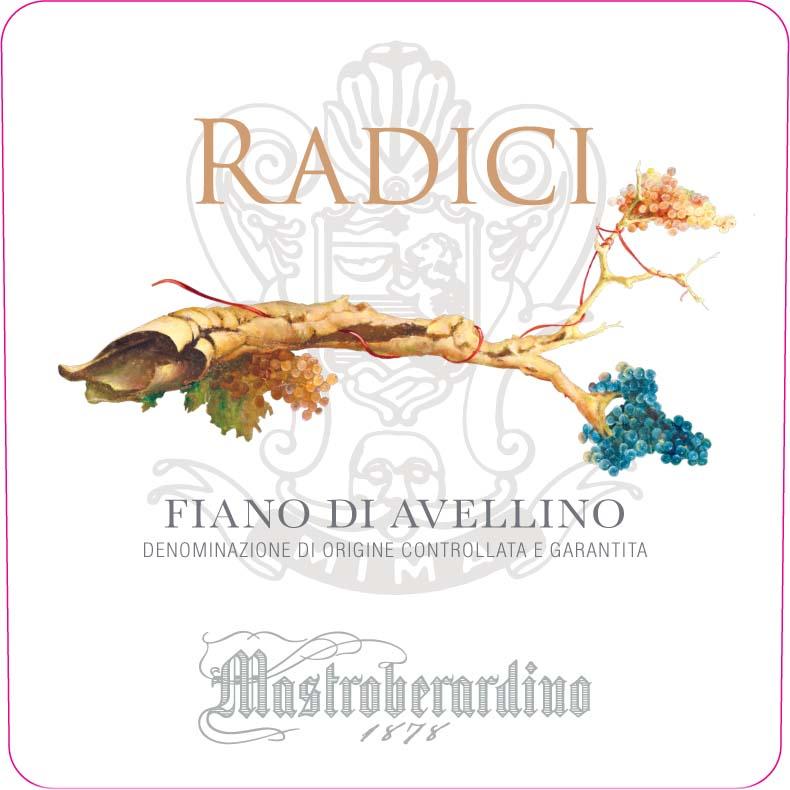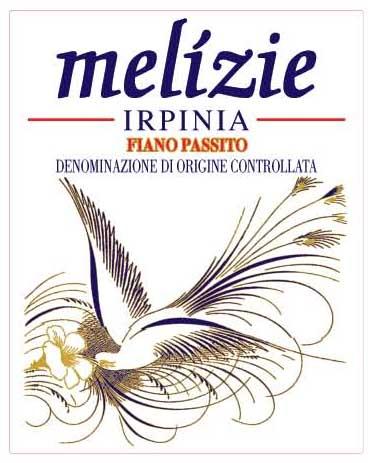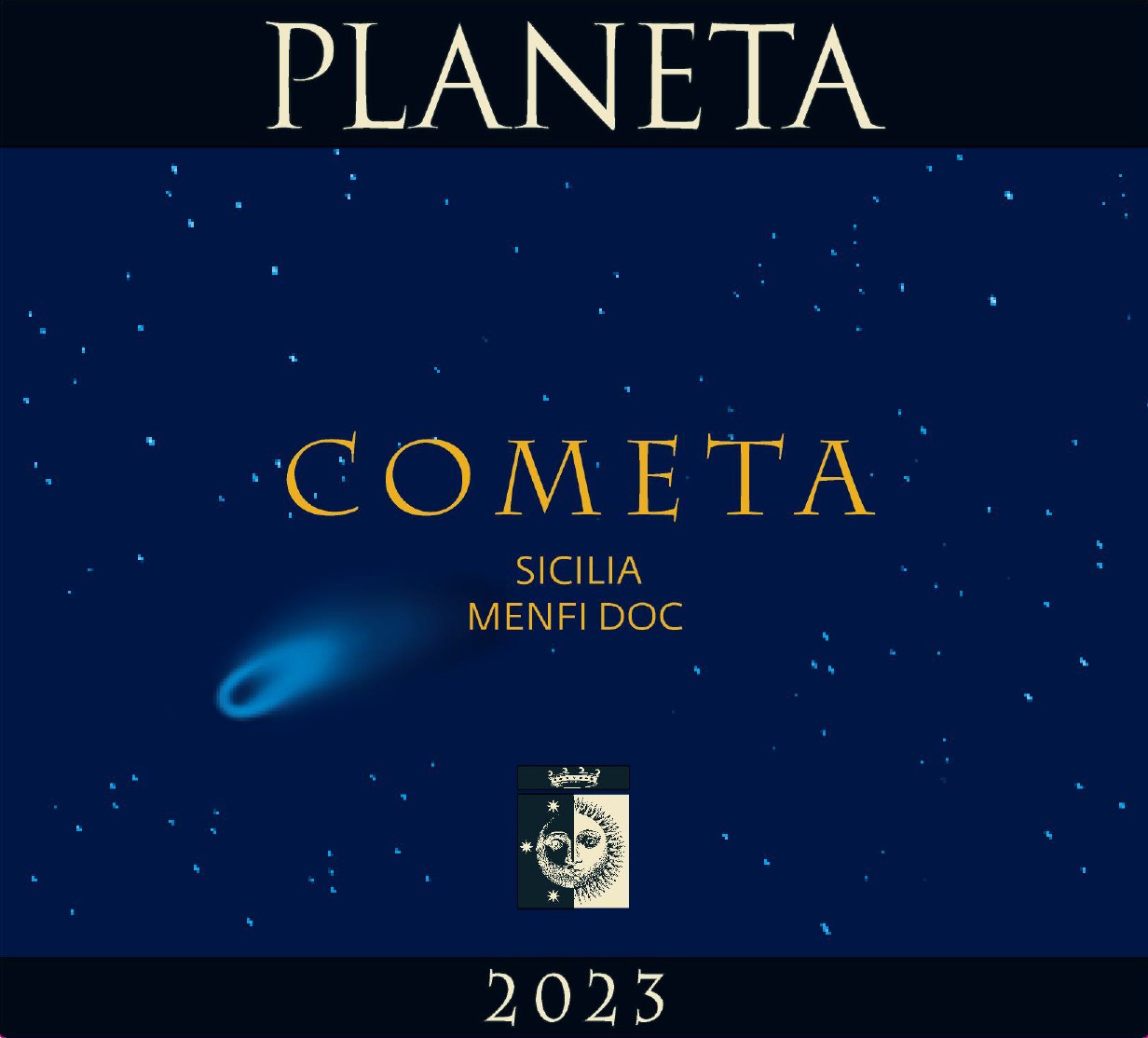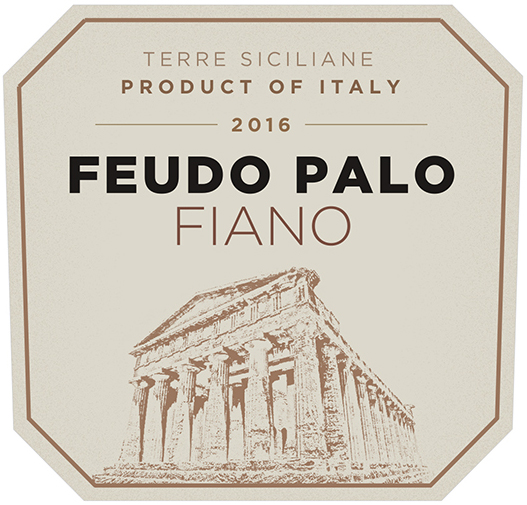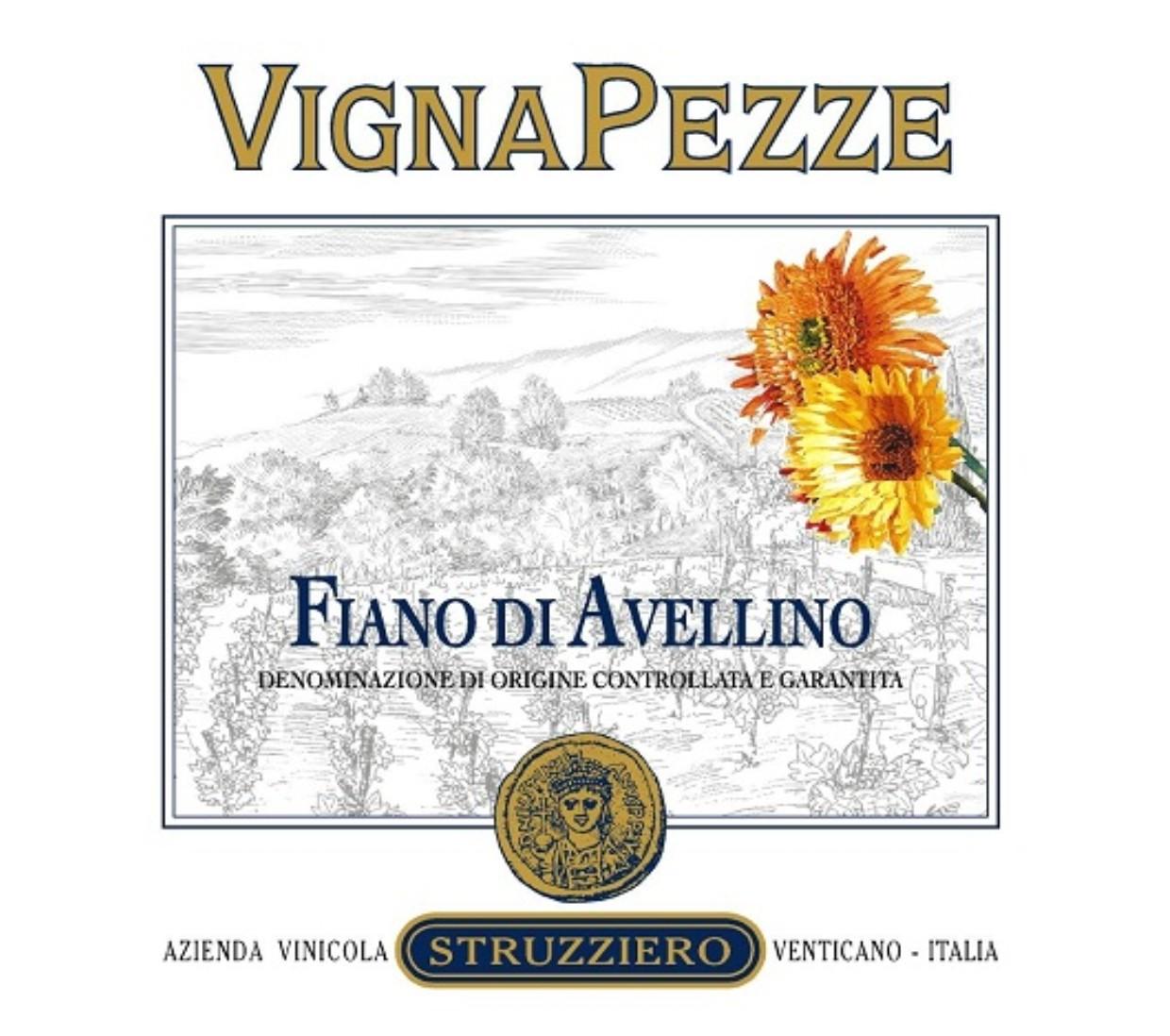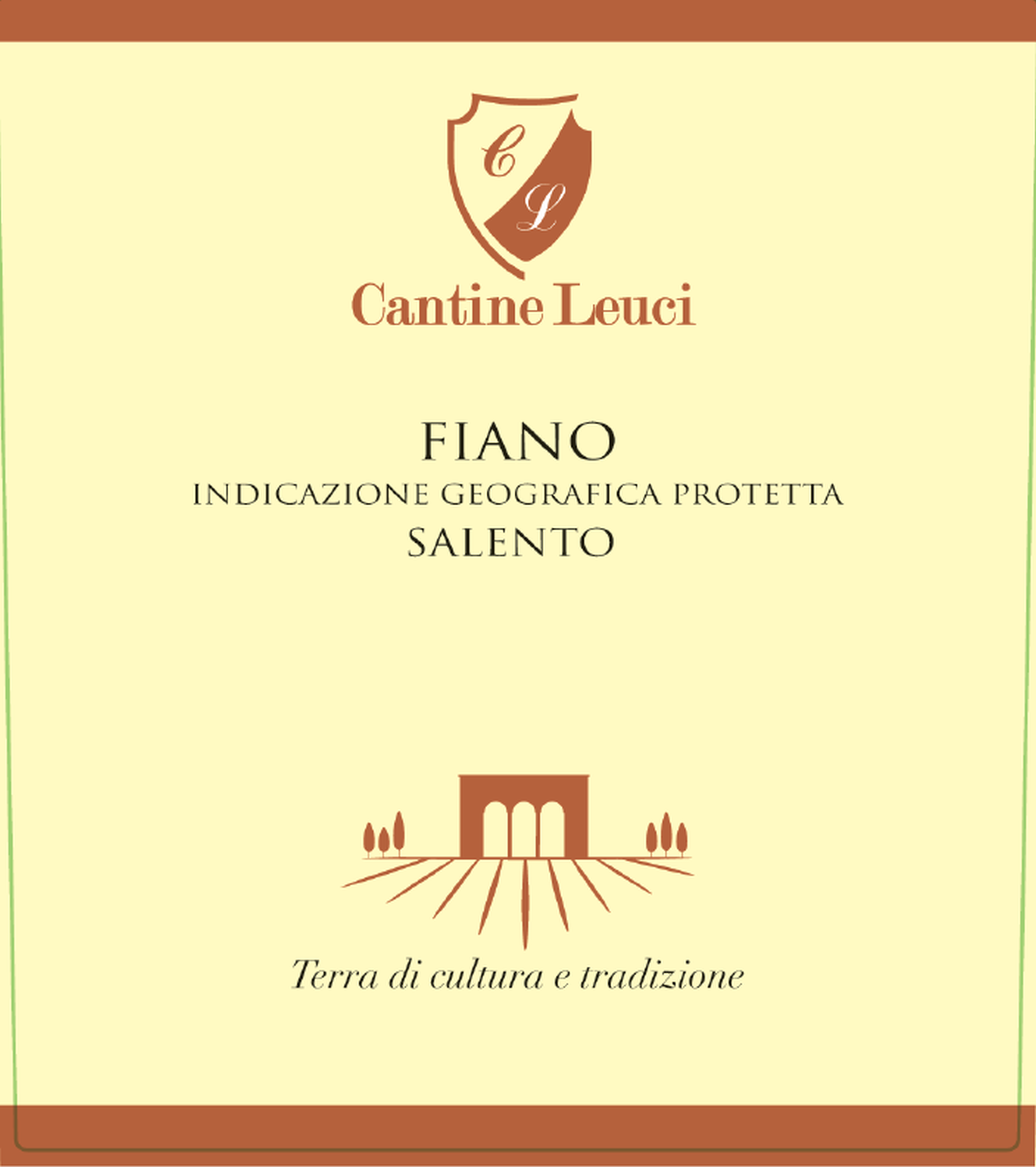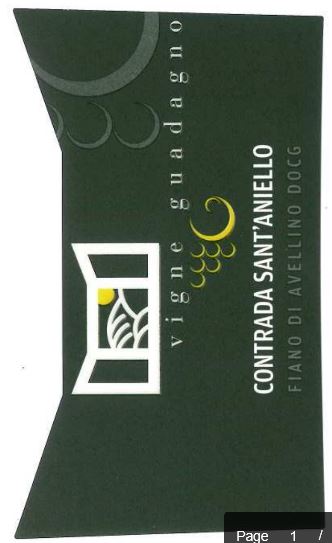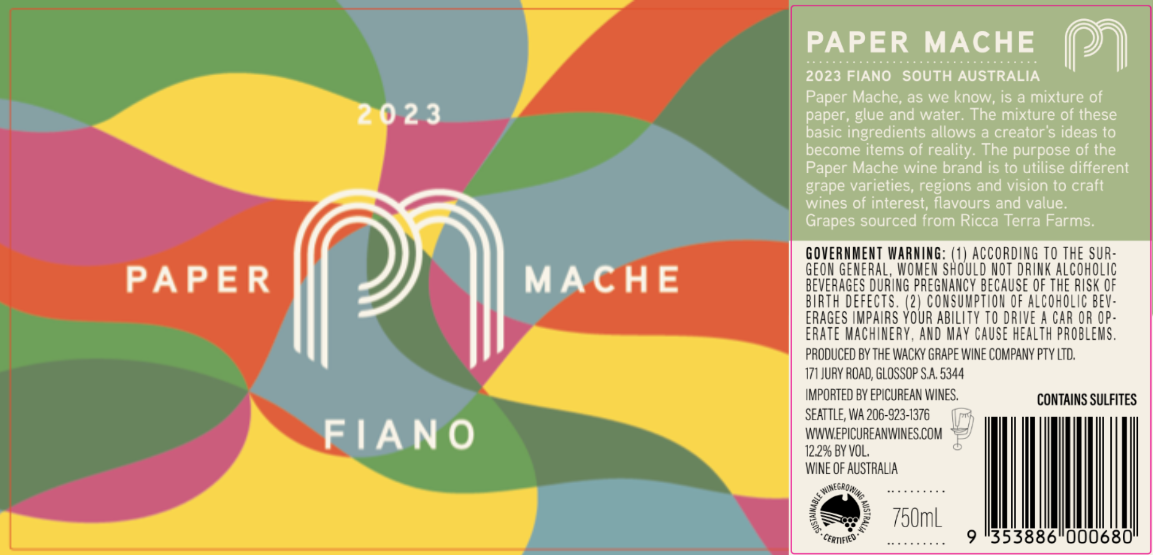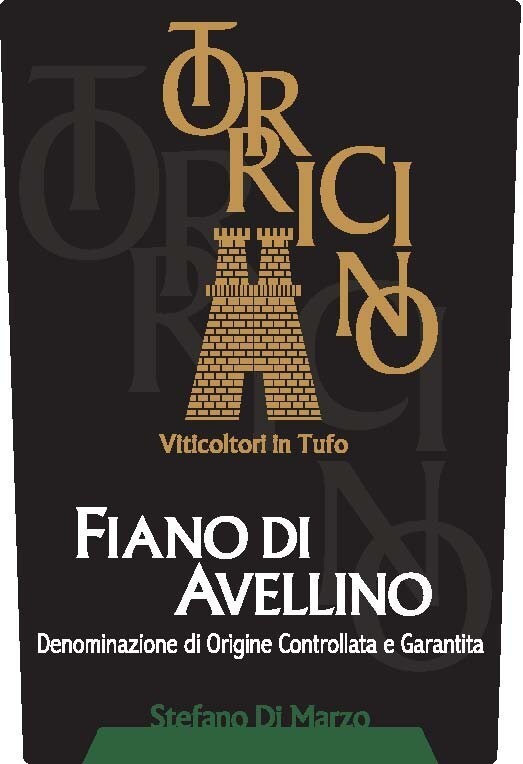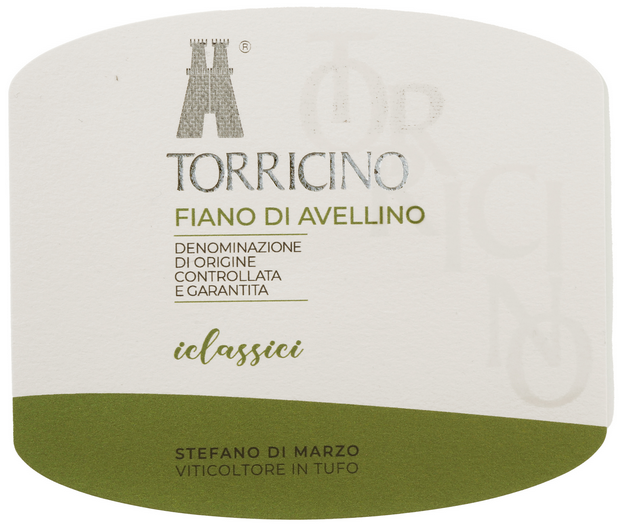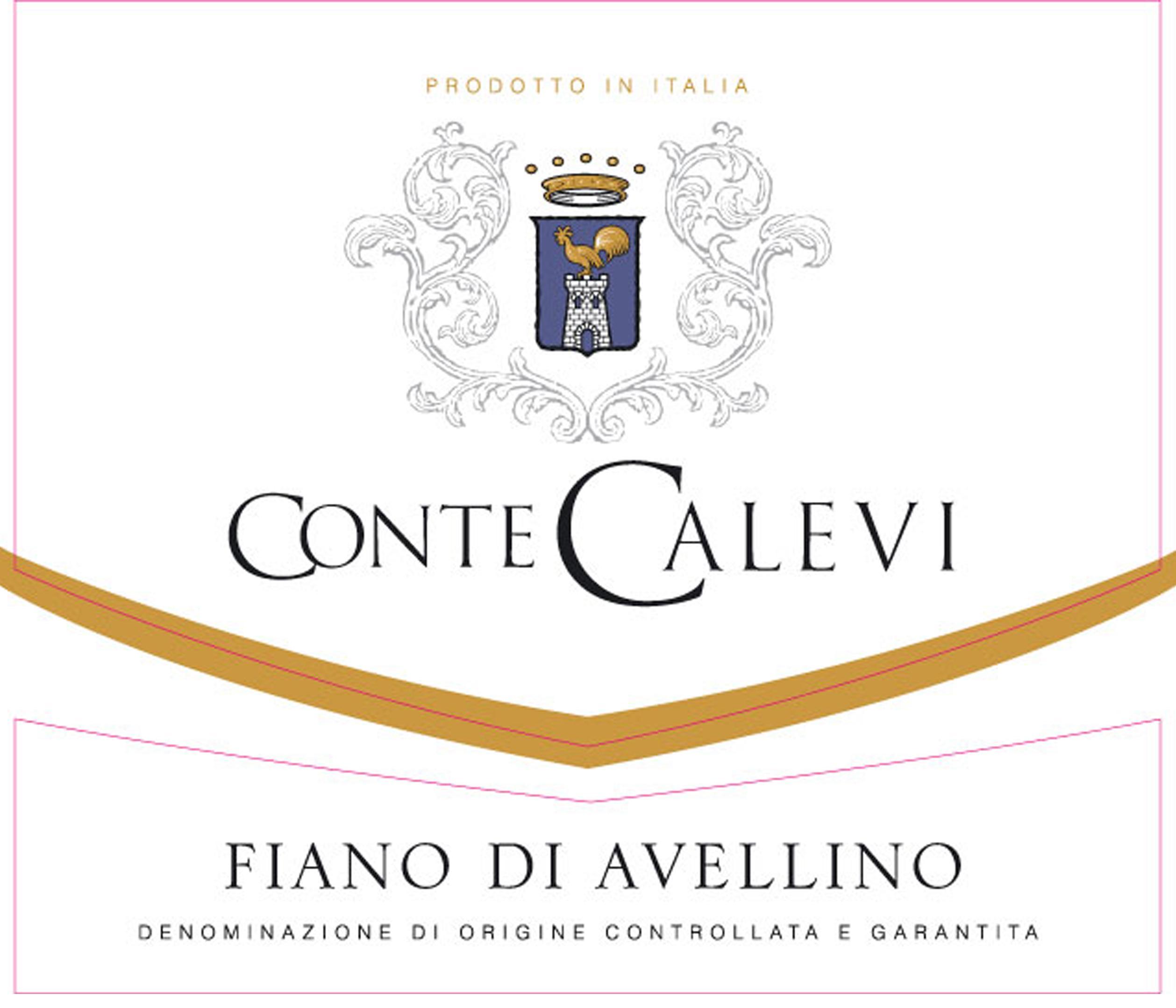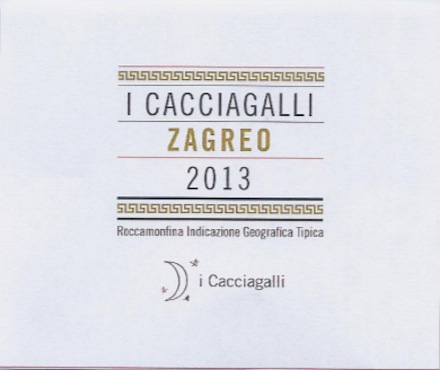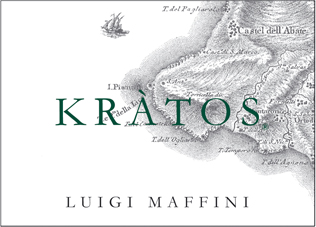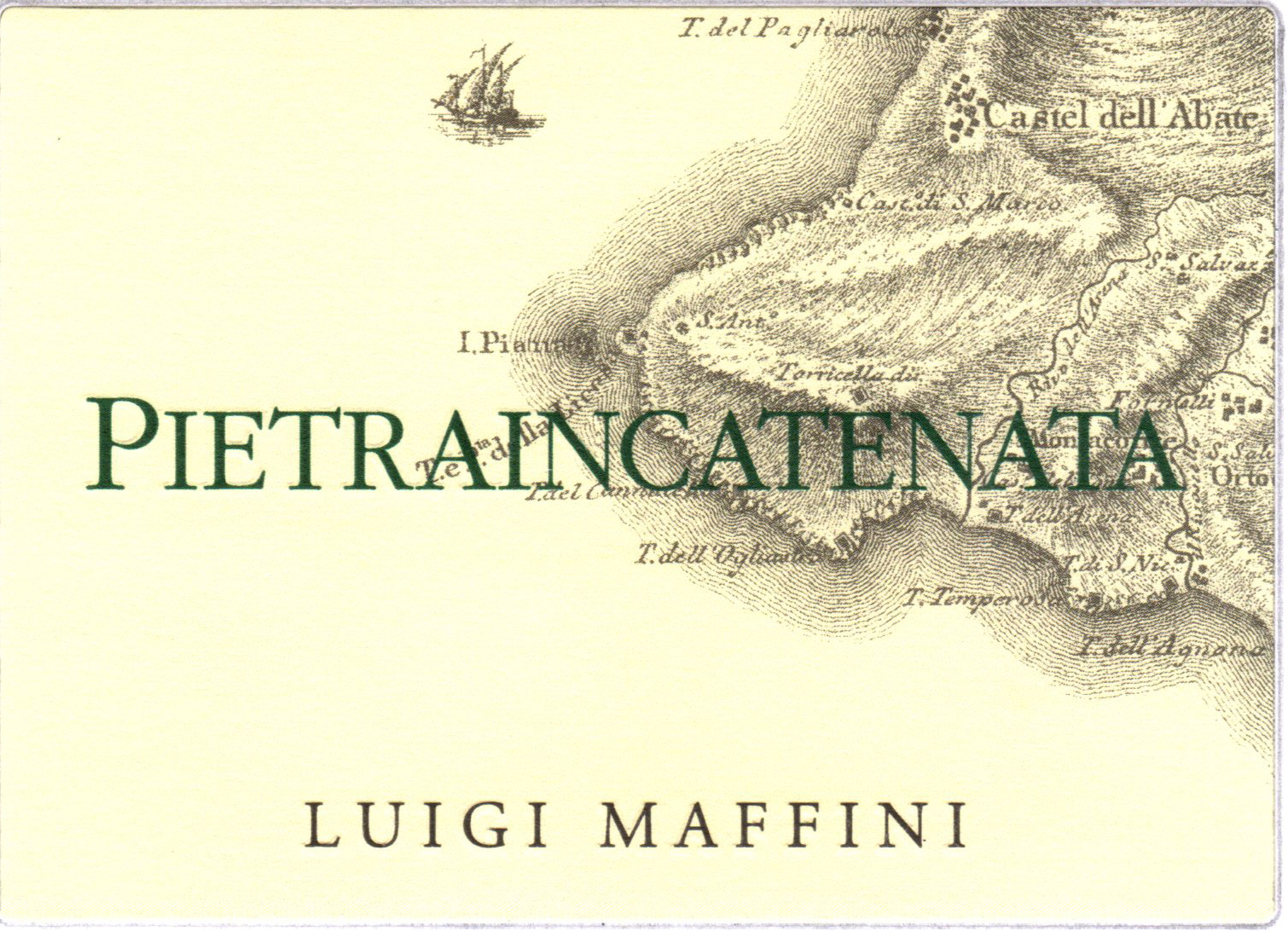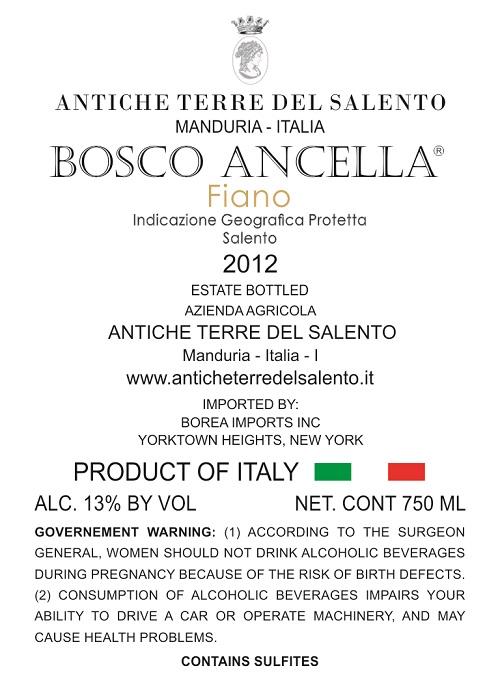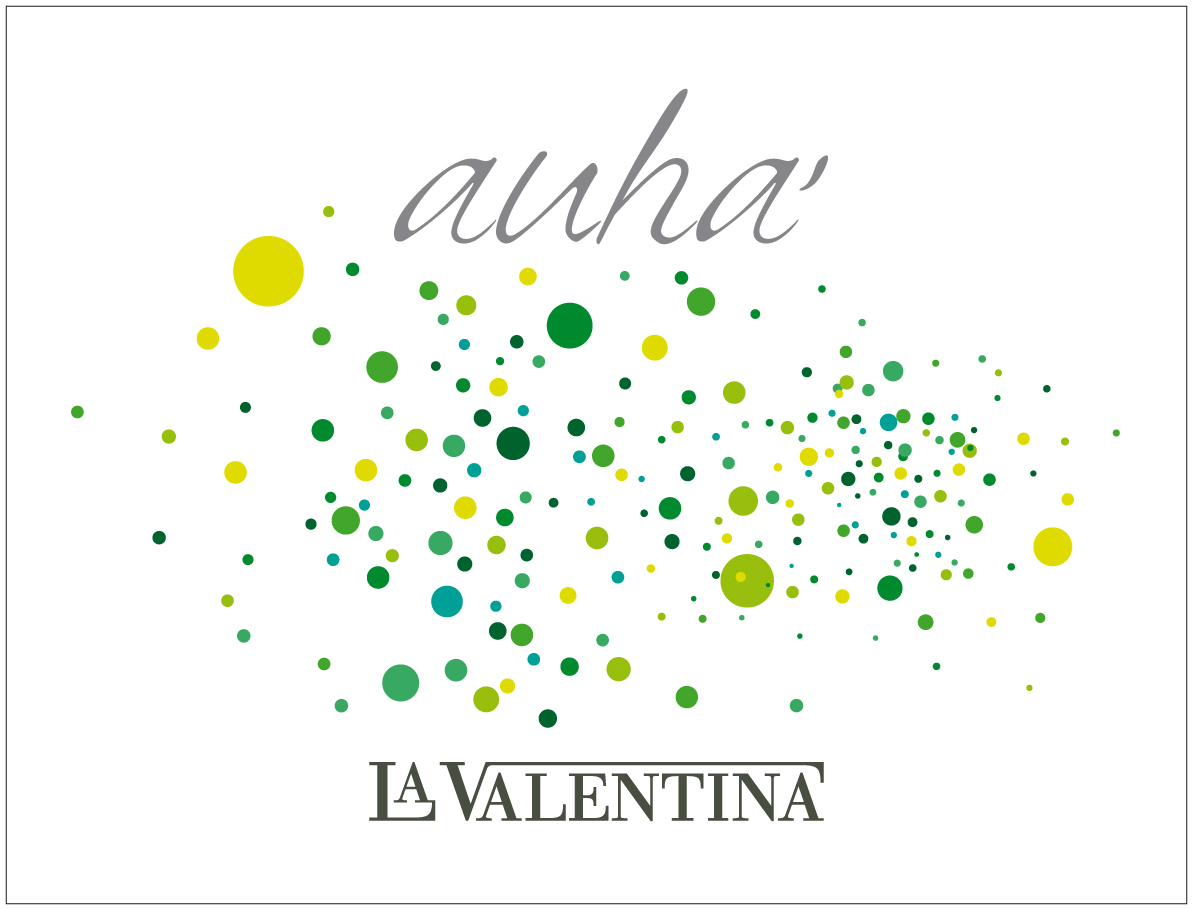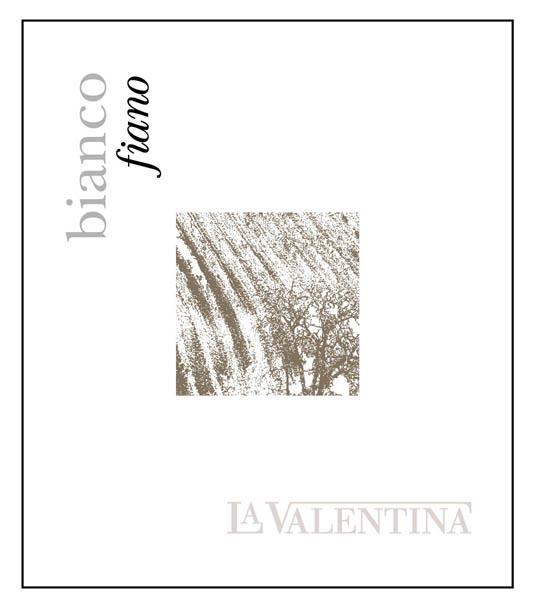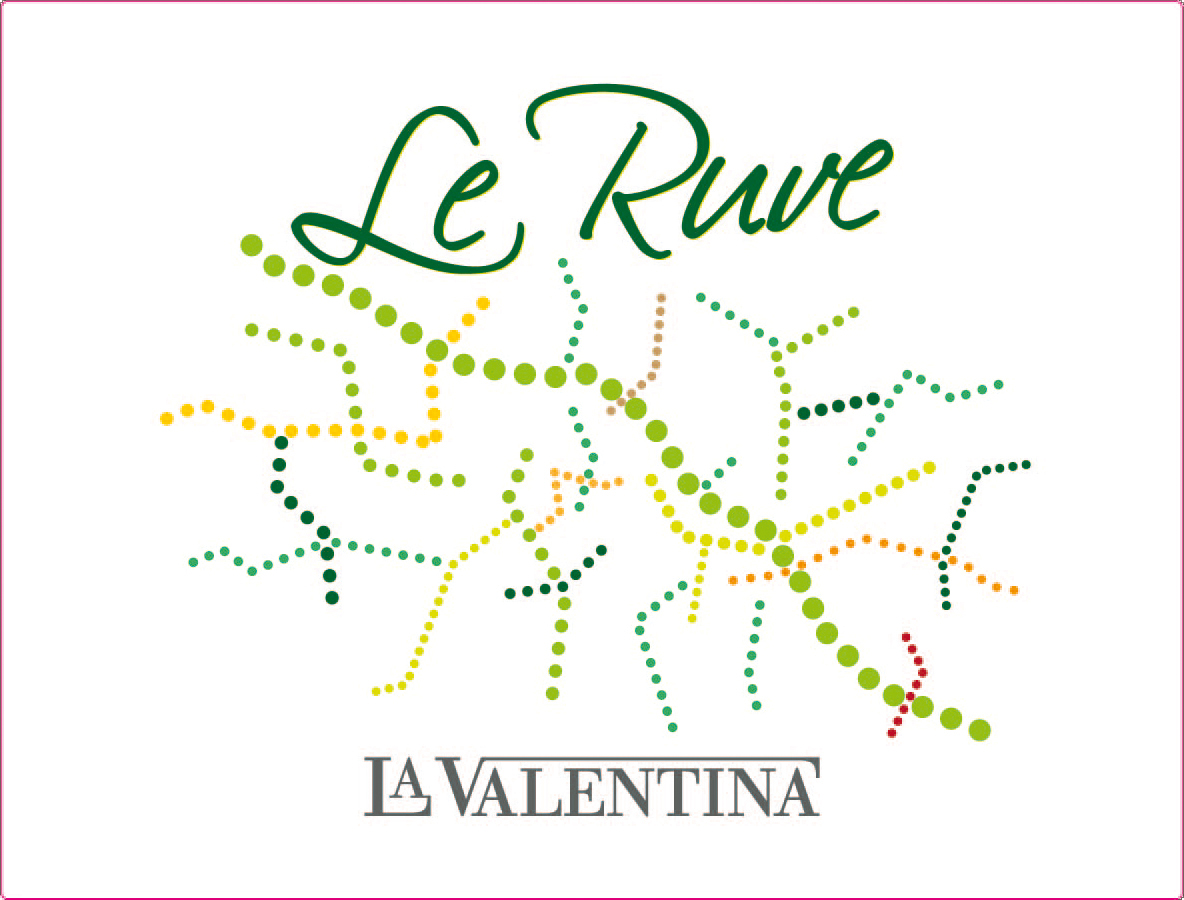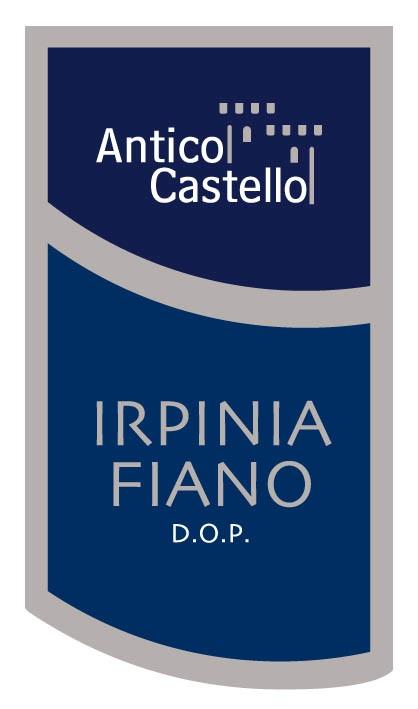Characteristics of Fiano
Fiano’s signature style is all about its inviting texture and vibrant profile. In the glass, you’ll often see a pale straw color that can deepen to gold as the wine matures, hinting at its ability to age gracefully.
The grape’s naturally thick skins give Fiano a full, almost waxy mouthfeel, setting it apart from crisper, lighter whites. Despite its southern roots, Fiano keeps its freshness thanks to lively acidity, which balances out its medium to full body and makes each sip feel bright and energetic.
What Does Fiano Taste Like?
Fiano’s flavor profile is deeply shaped by both its regional origins and the climate in which it is grown. In Campania, especially near Avellino, the proximity to hazelnut orchards imparts a pronounced hazelnut note, while the region’s volcanic soils contribute marked minerality—think crushed stone, flint, and even a hint of salty sea air, as well as graphite.
-
Cooler Sites: Yield wines with crisp apple, pear, and a spectrum of citrus (lemon, tangerine, grapefruit, yuzu), complemented by floral aromas such as white flowers, acacia, and chamomile, and vibrant acidity.
-
Warmer Growing Areas: Encourage riper fruit expression—peach, apricot, melon, pineapple, guava, mango, and lychee—alongside honeyed undertones and a richer texture.
As Fiano ages, almond and, in older bottles, pine nut notes emerge alongside deepening honeyed tones, while herbal nuances such as fennel, sage, and thyme, as well as hints of hay and resin, become more pronounced; some aged examples may even show petrol-like notes or, in sweet passito versions, dried fig and prune.
Notable Region Fiano Grows In
Fiano’s character is deeply shaped by the region in which it’s grown, with each area imparting its own distinctive stamp on the grape’s aromatic profile, texture, and aging potential.
-
Fiano di Avellino (Campania, Italy): The benchmark for Fiano, this DOCG zone’s volcanic and limestone soils, combined with cool mountain breezes, produce structured, mineral-driven wines with vibrant acidity and remarkable longevity.
-
Lapio (Avellino subzone): Often considered the historic heart of Fiano, Lapio’s higher elevation and limestone-clay soils yield wines that are intensely aromatic, sharply acidic, and layered with notes of wild herbs, hazelnut, and citrus blossom.
-
Sicily: Fiano thrives in Sicily’s Mediterranean climate, resulting in expressive wines marked by crisp acidity and aromas of broom flower, chamomile, and ripe tropical fruit, thanks to the island’s sun-drenched vineyards.
-
McLaren Vale (Australia): This region has embraced Fiano for its heat tolerance, crafting fresh, bright wines that balance zesty citrus and stone fruit flavors with a subtle, textural richness unique to the Australian style.
Fiano Food Pairings
Fiano’s vibrant acidity, textural richness, and subtle aromatics make it a remarkably versatile partner at the table, elevating everything from classic seafood to inventive vegetarian fare.
-
Seafood and Shellfish: Fiano’s crisp acidity and mineral backbone beautifully highlight the briny sweetness of prawns, scallops, clams, oysters, and mussels, while its weight allows it to shine alongside richer preparations like grilled octopus, salmon, or even fish and chips—cutting through oil and enhancing delicate flavors.
-
Poultry, White Meats, and Pasta: The wine’s medium to full body stands up to roasted or grilled chicken, veal Marsala, pork chops, and even dishes with a touch of spice, such as Thai green curry; it also complements creamy pastas, seafood risotto, and classic Carbonara, balancing richness with refreshing lift.
-
Vegetarian, Cheeses, and Regional Pairings: Fiano pairs effortlessly with vegetable-driven dishes, especially those featuring nuts, herbs, or grilled Mediterranean vegetables, while the ultimate match is fresh Mozzarella di Bufala Campana; it also works well with young goat cheeses, antipasti, and cured meats like salumi, reflecting its deep roots in Campanian cuisine.



